
Tools for Thought: The History and Future of Mind-Expanding Technology
by
Howard Rheingold
Published 14 May 2000
Another computer prophet who saw the implications of Sketchpad and other heretofore esoteric wonders of personal computing was an irreverent, unorthodox, counterculture fellow by the name of Ted Nelson, who has long been in the habit of self-publishing quirky, cranky, amazingly accurate commentaries on the future of computing. In The Home Computer Revolution Nelson had this to say about Sutherland's pioneering program, in a chapter entitled "The most important computer Program Ever Written": You could draw a picture on the screen with the lightpen -- and then file the picture away in the computer's memory. You could, indeed, save numerous pictures in this way.
…
But the idea people in universities and corporate laboratories, the research and development pioneers who made the technology possible, were not the only contemporaries whom Nelson watched and applauded in the mid 1970s as they streaked past him on their way to somewhere. As had happened so often before, some unknown young people appeared from an unexpected quarter to create a new way to use the formerly esoteric machinery. The legend is firmly established by now, and Ted was the first to chronicle it, in The Home Computer Revolution. By the mid-1970s the state of integrated circuitry had reached such a high degree of miniaturization that it was possible to make electronic components thousands of times more complicated than ENIAC -- except these machines didn't heat a warehouse to 120 degrees. In fact, they tended to get lost if you dropped them on the rug.
…
Unlike many of the more sheltered academics, he also saw the potential of a hobbyist "underground." Nelson chose to bypass (and thereby antagonize) both the academic and industrial computerists by appealing directly to the public in a series of self-published tracts that railed against the pronouncements of the programming priesthood. Nelson's books, Computer Lib, The Home Computer Revolution, and Literary Machines, not only gave the orthodoxy blatant Bronx Cheers -- they also ventured dozens of predictions about the future of personal computers, many of which turned out to be strikingly accurate, a few of which turned out to be bad guesses. As a forecaster in a notoriously unpredictable field, Ted Nelson has done better than most -- at forecasting.

They Have a Word for It A Lighthearted Lexicon of Untranslatable Words & Phrases-Sarabande Books (2000)
by
Howard Rheingold
Published 10 Mar 2020
The result is that we are building more and more powerful machines, but fewer and fewer people can figure out how to operate them! That's where the new and growing role of animateur ( on-ee- 240 THEY HAVE A WORD FOR IT maht-HER with "H" silent) comes in. The problem has been brewing for a long time, but the home computer revolution-or, rather, the failure of the home computer revolution-has brought it out into the general consciousness. When the personal-computer boom started in the early 1980s, market forecasts were wildly optimistic. The professional prognosticators looked at the initial sales figures and predicted that every home in America would have a computer within a few years.
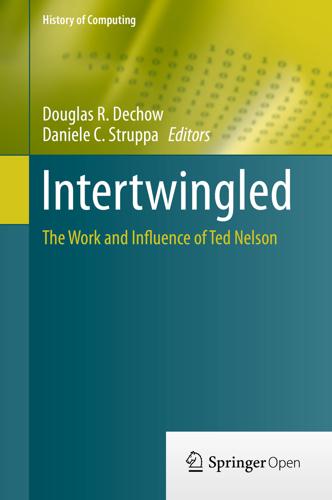
Intertwingled: The Work and Influence of Ted Nelson (History of Computing)
by
Douglas R. Dechow
Published 2 Jul 2015
In: ACPA-5: papers presented at the 5th conference – association of computer programmers and analysts *Nelson TH (1976) [Television]. Chicago, January, 106. Untitled contribution to section called “Television,” originally submitted under the title “Explorable Screens” Nelson TH (1977) The home computer revolution. In: Nelson TH (ed) South Bend, Ind.; distributed by the Distributors Nelson TH (1977) A dream for Irving Snerd. Creat Comput May–June, 79–81. Xanadu introduced in cartoon format. (Reprinted in The best of creative computing, vol. 3 (1980), 24–26) Nelson TH (1977) PCC interviews Ted Nelson.

Insanely Great: The Life and Times of Macintosh, the Computer That Changed Everything
by
Steven Levy
Published 2 Feb 1994
But few had imagined that this rough beast of a calculating engine could be transmogrified into a sophisticated system to create shapes, pictures, and blueprints. And when you created your shapes you could copy them, alter them, or store them. In 1977, Ted Nelson (whom we will meet when our story turns to HyperCard) gushed about Sutherland's wonder-"The Most Important Computer Program Ever Written," he called it-in his book The Home Computer Revolution .. . . working on a screen you could try out things you couldn't tryout as a draftsman on paper. You were concerning yourself with an abstracted version of the drafting problem; you didn't have to sharpen any pencils, or prepare a sheet to draw on, or use a T-square or an eraser. All these functions were built into the program in ways that you could use through the flick of a switch or the pointing of the light pen.
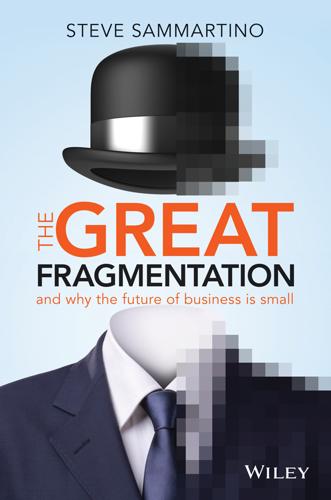
The Great Fragmentation: And Why the Future of All Business Is Small
by
Steve Sammartino
Published 25 Jun 2014
It’s the way it’s always been, excluding the 200-year halcyon period of the industrial era. Dad vs daughter I’ve been thrilled to own a 3D printer for a few years now. I purchased one when they hit their Altair moment (the Altair 8800 is regarded as the first affordable personal computer and the spark of the home computer revolution). It’s a pretty impressive party trick introducing someone to the basic idea of 3D printing, helping them work through their initial incredulity, showing them a little video about it, and then helping them print their first item. It’s a social experiment I’ve undertaken on both my 70-year-old father and my four-year-old daughter.
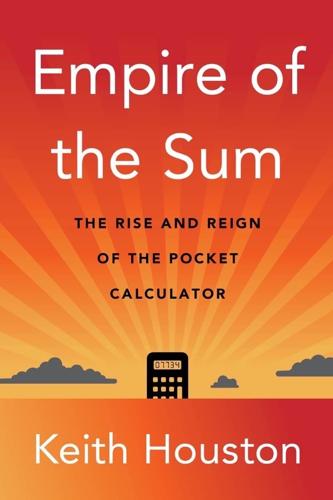
Empire of the Sum: The Rise and Reign of the Pocket Calculator
by
Keith Houston
Published 22 Aug 2023
During the 1970s, electronics, computing, and software were evolving so rapidly that the calculator was caught up in a jumble of cause and effect. For a flavor of that foment, consider that Apple’s co-founders, Steve Wozniak and Steve Jobs, met at HP during that company’s push into calculators. The Steves’ early microcomputers, the Apple and Apple II, helped spark the home-computer revolution, which in turn gave Dan Bricklin the opportunity to perfect the first computerized spreadsheet. Mitch Kapor, who had worked for Bricklin’s publisher, stole the spreadsheet crown with his own program, Lotus 1-2-3, and with it gave the IBM PC one of its first killer apps. That PC, of course, was powered by an Intel CPU—a chip made by the same company whose deal with Busicom, a Japanese calculator manufacturer, had saved the American firm and paved the way for the founding of Silicon Valley.

Exploding the Phone: The Untold Story of the Teenagers and Outlaws Who Hacked Ma Bell
by
Phil Lapsley
Published 5 Feb 2013
By 1974 Intel had released a new and greatly improved successor, the Intel 8080, a tiny rectangle of silicon some 3/16 of an inch on a side that contained about six thousand transistors. It was a computer on a chip that executed a few hundred thousand instructions per second. Engineers called it the “first truly useable microprocessor.” Intel didn’t know it yet but that chip would be the thing that started the home computer revolution and would lead to Intel’s eventual domination of the microprocessor market. In January 1975 Popular Electronics, a geeky electronic hobbyist magazine, offered its readers an unbelievable chance to own their own slice of high-tech heaven. “Project Breakthrough!” the cover fairly shouted.
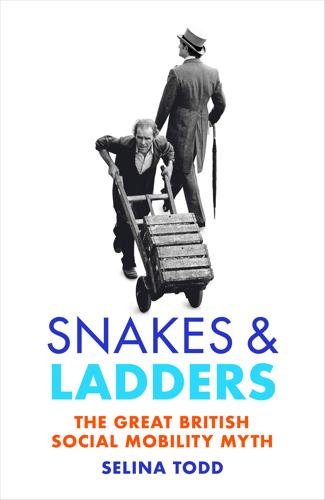
Snakes and Ladders: The Great British Social Mobility Myth
by
Selina Todd
Published 11 Feb 2021
Instead he found himself spending nights completing his work: he found the course both ‘hard’ and boring, and only completed it ‘out of duty’. But when Paul passed, he found that, most disappointingly of all, the hoped-for jobs didn’t exist. While he had been studying, ‘computing had become ubiquitous’. There was no need for large numbers of highly trained programmers as the home computer revolution began. Basing education on current technology was as short-sighted in the 1980s as it had been in the technical schools of the 1950s. Paul became a support worker in air traffic control, but he found the job unsatisfying and was aware that he ‘didn’t need a degree to get it.’20 He remained in this line of work for the rest of his career
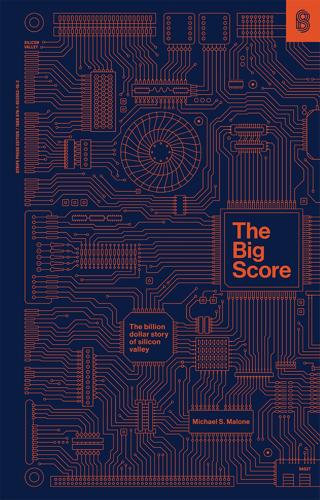
The Big Score
by
Michael S. Malone
Published 20 Jul 2021
Kassar made frequent appearances in the society pages of the San Francisco Chronicle and was often mentioned in Herb Caen’s column (perhaps to return the favor, Atari employed Caen’s son as a summer intern). The great tragedy of it all was that if any firm had the opportunity to inaugurate the home computer revolution it was Atari. The home market is the fata morgana of the electronics business—a beautiful vision when approached dissipates and leaves only disaster on the rocks. Nevertheless, Atari, if anyone, could still have burst open the door to the family market, making a computer the latest home appliance—and, for that matter, could have made for itself a magnificent alternate business as games fell away.
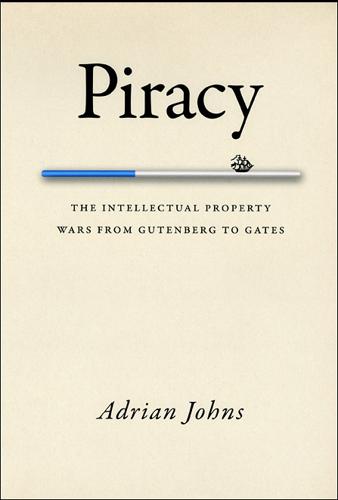
Piracy : The Intellectual Property Wars from Gutenberg to Gates
by
Adrian Johns
Published 5 Jan 2010
Much of its TV terminal ware originated in a design Wozniak had come up with a year earlier to help Draper hack into Arpanet, however. And some of the video circuitry ultimately derived from his own phreaking box. Not only was the Apple II a cultural emanation of the conjunction of hacking and phreaking, therefore; the machine itself that launched the home computer revolution owed a debt to phreak technologies. Moreover, Draper now became one of Apple’s first employees. He was given the task of designing a telephone interface for the hotselling computer. When he produced something that looked just like a phreak’s blue box, however, the young company forthwith scrapped it and dismissed him.
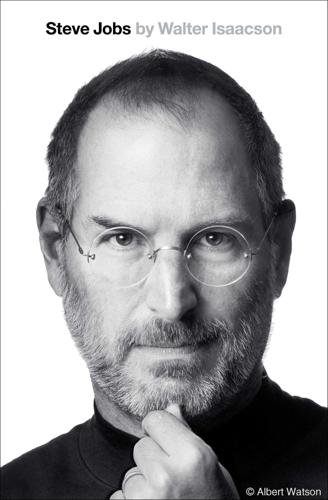
Steve Jobs
by
Walter Isaacson
Published 23 Oct 2011
Jobs did both, relentlessly. As a result he launched a series of products over three decades that transformed whole industries: • The Apple II, which took Wozniak’s circuit board and turned it into the first personal computer that was not just for hobbyists. • The Macintosh, which begat the home computer revolution and popularized graphical user interfaces. • Toy Story and other Pixar blockbusters, which opened up the miracle of digital imagination. • Apple stores, which reinvented the role of a store in defining a brand. • The iPod, which changed the way we consume music. • The iTunes Store, which saved the music industry